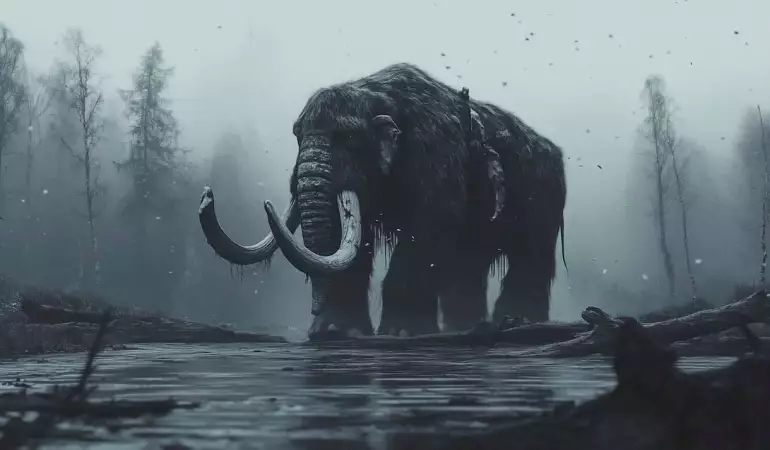Will extinct animals be reborn? US start-up raises $200 million $200 million for mammoth "resurrection"
Colossal BioSciences raises €200 million Colossal BioScience has raised $200 million in a new round of funding to bring back extinct species. Woolly mammoths are one of them.
January 15, 2025 16:15
The company is worth tens of billions
Colossal, based in Dallas and Boston in the US, is at the forefront of scientific breakthroughs to "end extinction". That is, bringing back extinct species such as woolly mammoths, thylacines and dodos.
Since its launch in 2021, Colossal has raised a total of €435 million. Colossal has raised more than USD 435 million. The company is currently valued at $10.2 billion. USD 10 billion.
It will not only aim to bring back extinct species
The latest "injection" of capital - €200 million - will help Colossal to grow. Colossal will use the newest capital injection of US$ 200 million to further develop its genetic engineering technology, while launching revolutionary new software, hardware and hardware solutions.
These solutions can be applied not only to bring back extinct species, but also to ensure the conservation of existing species and human health.
"Our recent successes in developing the technologies needed for our final set of de-extinction tools have been enthusiastically embraced by the investment community.
This funding will allow us to grow our team, support the development of new technologies, expand the list of extinct species and continue our mission to make species extinction a thing of the past," said Ben Lamm, CEO of Colossal.
How is the mammoth "reintroduction" programme working?
The first step in recovering an extinct species is to analyse its surviving genetic material and identify key elements of the species' genome.
Colossal now has detailed genomes of mammoths, thylacines and dodos, which will form the basis for restoring the traits of these species.
To recreate a living species, a systems model approach involving computational biology, cell and genetic engineering, embryology and animal science is being used. The company has already achieved significant results at each stage.
Over the past three years, the first major Colossal project to be announced - the woolly mammoth project - has generated new genomic resources, improved cell biology and genome engineering technologies, and explored the ecological impact of mammoth extinction.
"These achievements of the mammoth projects mark an important step forward in extinction mitigation technologies," said Love Dalén, Professor at the Centre for Palaeogenetics at Stockholm University and principal advisor to the mammoth project.
He says he has no doubt that the Colossal team will succeed in recreating the main features of mammoths.




